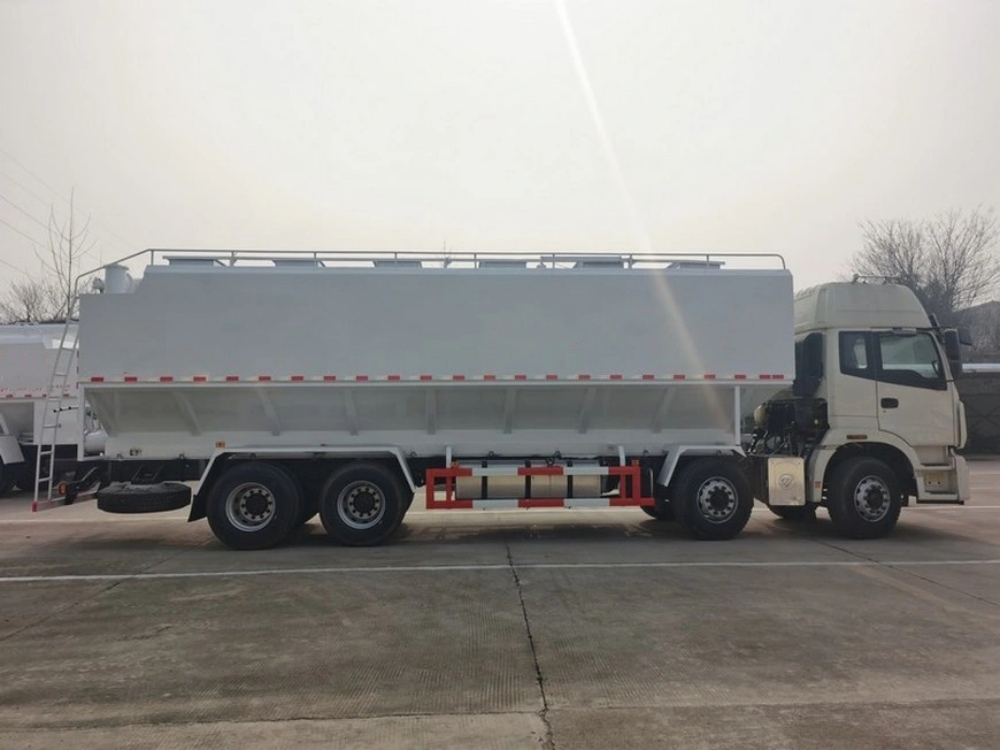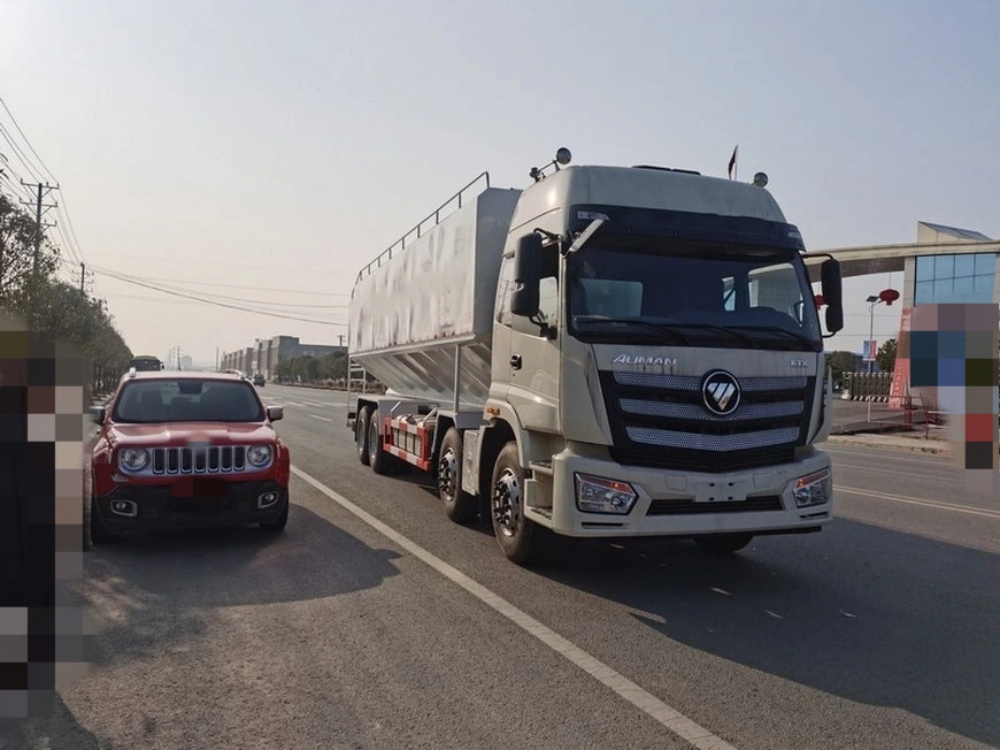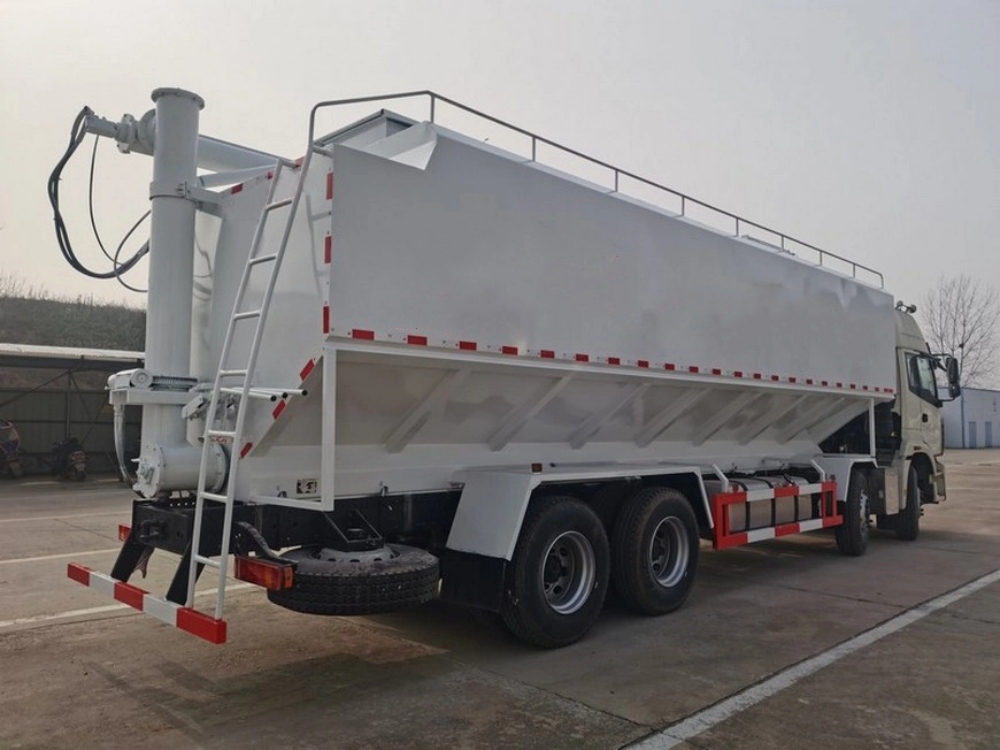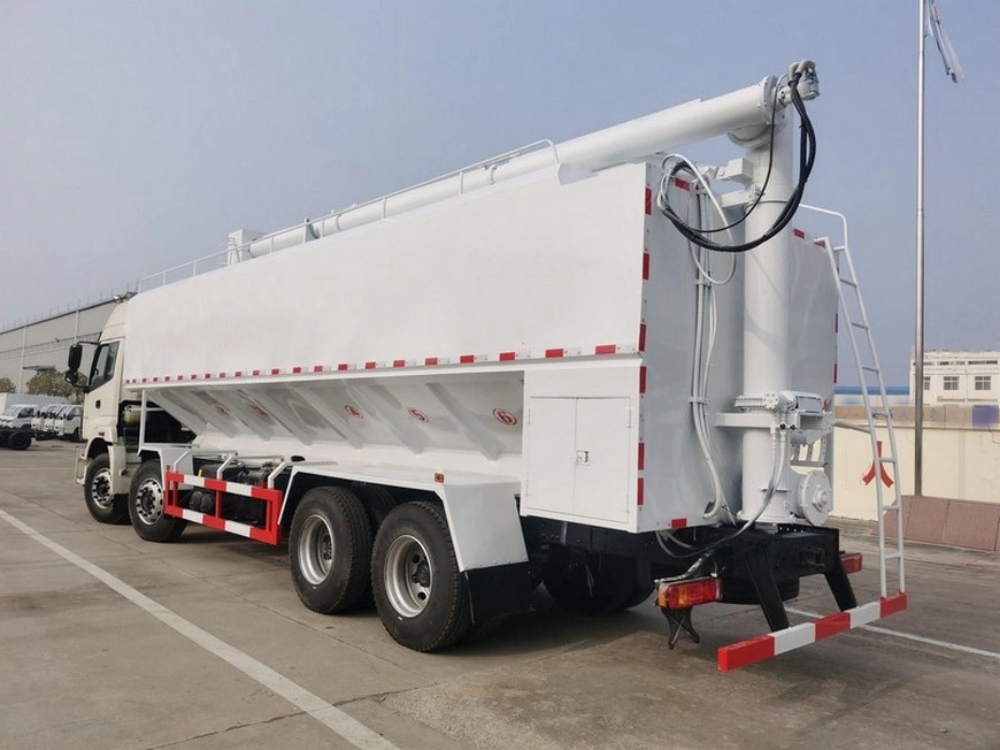Dry bulk transportation is a critical sector of the global logistics and supply chain industry, responsible for moving massive quantities of unpackaged dry goods. These materials, such as cement, grains, plastic pellets, sand, flour, and minerals, are essential to various industries, including construction, agriculture, manufacturing, and food processing. Despite its pivotal role, many people are unfamiliar with how dry bulk works. This article explores the fundamentals of dry bulk transportation, including the types of materials moved, the specialized equipment used, and the logistics behind efficient and safe handling.
Understanding Dry Bulk
The term “dry bulk” refers to dry, granular materials that are transported in large quantities without packaging. These commodities are typically homogeneous and flow easily, much like liquids, which makes them ideal for bulk handling systems. Unlike containerized cargo, dry bulk materials are not stored in boxes, pallets, or bags. Instead, they are loaded directly into specialized vehicles or vessels designed for this purpose.
Dry bulk cargo is usually categorized into 2 types:
- Major bulk – These include high-volume commodities like coal, iron ore, grain, and cement.
- Minor bulk – These involve lower-volume items such as fertilizers, sugar, salt, and plastic resins.
The global importance of dry bulk is immense. For example, bulk carriers transport about 40% of the total seaborne trade, and on land, dry bulk trucks and rail cars are essential in linking production sites to manufacturing plants and construction zones.
Dry Bulk Transportation Modes
There are three main modes of dry bulk transportation: road, rail, and sea.
- Dry Bulk Trucks
On land, dry bulk goods are transported in specially designed trucks known as dry bulk tankers or pneumatic tank trailers. These trucks have cylindrical tanks with hoppers or compartments at the bottom that allow gravity to discharge the material. Most are also fitted with pressurization systems, which use air to fluidize and move the dry material through hoses during unloading. - Railcars
Railways are commonly used for moving large volumes of dry bulk materials over longer distances. Covered hoppers are the standard type of railcar used. These cars are equipped with loading hatches on the top and discharge gates underneath, enabling both easy filling and gravity-fed unloading. - Dry Bulk Ships
For international or intercontinental transportation, dry bulk carriers—large cargo vessels—play a crucial role. These ships have large, open cargo holds to accommodate bulk commodities, loaded and unloaded via cranes, conveyor belts, or pneumatic systems.
Each mode of transport has its advantages, depending on the distance, volume, cost, and infrastructure available.
The Role of Pneumatic Systems
One of the defining technologies in dry bulk transportation is the use of pneumatic systems—systems that use compressed air to move and unload materials.
In truck-based transport, for instance, the pneumatic system allows materials to be blown from the tank through hoses into storage silos or containers. These systems often include:
- Air compressors – Usually powered by the truck’s engine or auxiliary motors, used to generate the required air pressure.
- Pipes and hoses – Flexible or rigid conduits to direct material flow.
- Valves – To control airflow and ensure safety.
- Filters – To prevent contamination and loss of product during transfer.
The air pressure inside the tank slightly fluidizes the bulk material, making it flow more easily through discharge pipes, similar to how sand moves through an hourglass when agitated.
Loading and Unloading Dry Bulk
Loading dry bulk material can be done through gravity (top-loading) or vacuum systems (suction). Top-loading is most common, where material is dumped or conveyed into the vehicle’s tank through an opening on top. For highly sensitive materials, such as food-grade powders, enclosed systems prevent contamination.
Unloading is more intricate, often involving pressurization or mechanical systems:
- Gravity unloading – Utilizes the natural flow of material through sloped hoppers.
- Pneumatic discharge – Uses air pressure to “blow” the material out.
- Auger or screw systems – Involve mechanical conveyors inside the tank.
Choosing the right method depends on the material’s density, moisture content, flow characteristics, and the infrastructure at the delivery site.
Storage and Handling
Dry bulk materials often require temporary storage before or after transport. Silos, bins, and hoppers are commonly used, and many are equipped with aeration systems to maintain material consistency and flowability.
In the food and pharmaceutical industries, storage solutions must meet strict sanitary standards. Stainless steel tanks, seamless welding, and hermetically sealed systems are employed to prevent contamination.
Dust control is also crucial in handling dry bulk materials. Dust not only poses health and environmental risks but can also lead to material loss and equipment malfunction. Systems like dust collectors, filters, and enclosed transfer points are standard in modern bulk handling.
Safety and Regulatory Considerations
Transporting dry bulk is not without risks. Fine powders can become explosive under the right conditions, and some materials are hazardous, such as quicklime or toxic plastic additives. For these reasons, safety is paramount.
Regulations vary by country but generally cover:
- Tank design and testing
- Pressure ratings
- Driver certification
- Material safety data sheets (MSDS)
- Cleaning procedures (especially for food-grade materials)
Transport equipment must often comply with standards set by agencies like the U.S. Department of Transportation (DOT), European ADR regulations, or international codes for seaborne trade.
Efficiency and Technology
Modern dry bulk operations are increasingly automated and data-driven. Technologies such as GPS tracking, IoT sensors, and automated loading systems contribute to more efficient fleet management and material tracking.
For example, sensors can detect the level of material inside a tank in real time, alerting operators when to refill or unload. Additionally, flow meters and automated valves help regulate discharge speed and prevent overloading, minimizing waste and improving delivery accuracy.
Final Thoughts
Dry bulk transportation is a vital, complex, and highly specialized field. From pneumatic tankers and gravity-fed hoppers to advanced logistics software and safety protocols, every part of the system is designed to ensure materials move quickly, safely, and cleanly from origin to destination.
Whether it’s flour headed to a bakery, cement on its way to a construction site, or plastic pellets bound for a manufacturing facility, dry bulk is the invisible backbone of countless industries. Understanding how it works not only reveals a fascinating world of engineering and logistics but also highlights the importance of this often-overlooked mode of transportation in our everyday lives.






